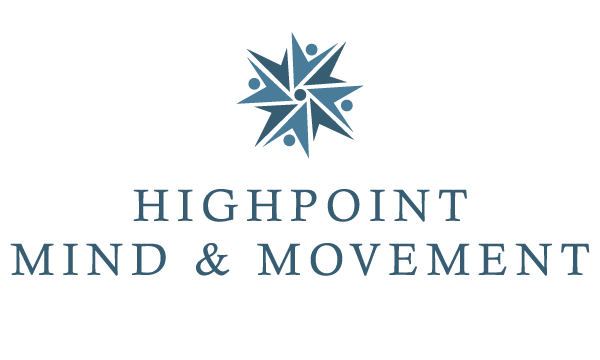NeuroLinguistic Programming
The Outcome Frame
The Outcome Frame is a way of looking at a problem as a set of choices rather than focusing on why the problem exists and whose fault it is. It organizes our thinking around what we want, how it’s possible to achieve it, and the steps we can take to solve the problem.
Often people are discouraged because they see their problems through a lens of limitation and lack of choice – this orientation is called the Blame Frame. The Blame Frame defines the problem and who is at fault, asks why you have it, finds reasons why you can’t have what you want, and determines what or who is keeping you from reaching your goal.
The Outcome Frame, on the other hand, points us in the direction of choice and empowers us to take action to solve the problem. It helps us to clearly identify what we want and brings our energies, thought patterns, and abilities into alignment with our goal.
We can use the Outcome Frame to resolve situations in our life that we have, until now, thought of as unchangeable. By applying a positive outlook, identifying new resources, and thinking creatively, we discover that it is possible to make changes that we thought were impossible.
In the following exercise, you will experience these two different approaches and recognize how helpful the Outcome Frame is for making change and achieving your goals.
The Blame Frame
We begin with the Blame Frame because these questions are probably more familiar and are often thoughts running through your head whenever you think about a problem.
-
1. ) Think of a problem in your life. For this exercise, choose a small problem rather than the biggest challenge of your life.
2. ) Ask yourself the following questions in the order they appear and write down your answer before moving on to the next question.
• What’s wrong?
• Why do I have this problem?
• How long has this been a problem?
• What caused this problem?
• What does this problem stop me from doing that I want to do?
• Whose fault is it that I have this problem?
• What will happen if this continues?
• Why can’t I solve it?
3. ) When you have finished answering these questions, notice how you are feeling and write it down.
The Outcome Frame
Using the same problem as with the Blame Frame exercise, we’ll now follow a set of questions that focuses you on a solution, establishing what you want, and identifying how to achieve it.
-
1. ) Ask yourself the following questions in the order they appear and write down your answer before moving on to the next question.
• What do I want?
• What will having this do for me that is beneficial?
• When do I want it?
• In what part of my life do I want to have this?” (e.g. job, leisure, family, friends, etc.)
• How will I know when I have what I want?” (What will be different in your life.)
• When I get what I want, what else in my life will improve and how will it impact others?
• What resources (skills, talents, knowledge) do I currently have to help me achieve my goal?
• What additional resources do I need?
• With the resources I have, what can I begin doing right now to get what I want?
2.) When you have finished answering these questions, notice how you are feeling and write it down.
Now, contrast how you are feeling now with how you felt after answering the Blame Frame questions. What is the emotional difference between the two?
Most people feel discouraged or upset after the Blame Frame questions because this orientation focuses on what is wrong, how they have failed or how others have failed them, what they are not able to do, and makes them re-experience what is upsetting. This leaves them feeling helpless, depressed, or angry with little choice in the matter.
The Outcome Frame, on the other hand, focuses on the future, helps us identify what we already have to solve the problem and what else we need, and leaves us feeling hopeful and capable. This orientation puts us in charge of the problem with choices and strategies to solve it.
